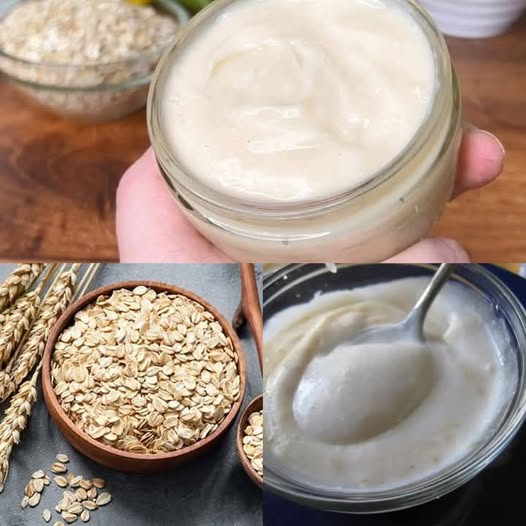ADVERTISEMENT
Refrigeration: Store your oat yogurt in an airtight container in the fridge for up to 5 days.
Separation is Normal: Just stir before each use.
Batch Tips: Save a few tablespoons of your current batch to kick-start the next one!
Variations:
Sweeter Yogurt: Stir in vanilla extract, maple syrup, honey, or cinnamon after fermentation.
Fruit-Flavored Yogurt: Blend in fresh berries or mango for a naturally sweet twist.
Savory Use: Mix with garlic, lemon, and herbs to create a probiotic dip or dressing.
Thicker Texture: Add a teaspoon of chia seeds or a pinch of agar powder for a denser consistency.
FAQ:
Q: Can I use quick oats?
A: Rolled or steel-cut oats are best. Quick oats tend to become too mushy and can affect fermentation.
Q: Do I have to use a probiotic capsule?
A: No, but it helps boost the culture and makes a stronger, tangier yogurt. Fermentation will still occur without it—just slower and milder.
Q: Why does my yogurt separate?
A: Natural separation is normal in homemade oat yogurt. Stir before using, or strain for a thicker consistency.
Q: Is homemade oat yogurt good for digestion?
A: Yes! Fermentation introduces good bacteria that support gut health, reduce bloating, and improve digestion.
ADVERTISEMENT
